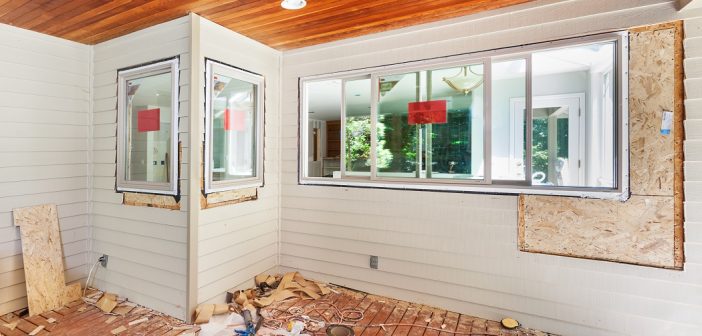If you are planning on embarking on a home improvement project, one important element of the process of retaining a skilled, experienced contractor is to get the agreement in writing. As part of the process of entering into an agreement with a contractor, you need to generally familiarize yourself with some of the key elements found in this type of contract.
Identification Information
An agreement with a contractor needs to include specific identification information. This includes your name and contact information. It also includes the following information about the contractor:
- contractor’s business name
- contractor’s legal name, if different
- address
- phone number
- email address
- license number, if required in your state
Performance Schedule and Milestones
The contract needs to include the estimated start date and completion date. Ideally, a contract will include a specific start and completion date, however, that is not always possible. In order to ensure a start and completion of the project within a reasonable time period, estimates start and completion dates should be set forth within a specifically delineated set of dates or timeframe.
The contract should also include milestones dates. These are dates by which certain aspects of a home improvement project are to be completed.
Specific Payment Schedule
A contractor’s home improvement project agreement needs to include a precise payment schedule. The payment schedule typically is tied to milestones set forth for the completion of different stages of the project.
An obligation to Obtain Permits
An agreement of this nature must specifically set forth the obligation of the contractor to obtain all necessary permits in a timely manner. The types of permits should be specifically delineated in the contract so that there is no confusion.
Change Orders
A home improvement contractor’s contract must establish the manner in which change orders will be handled. In simple terms, a change order is written authorization permitting a contractor the ability to alter the work initially described in the contract. Keep in mind a change order can impact the projects overall schedule and cost.
Change orders can originate from both parties to a contract. You might realize you need or want a change to the original contract. In the alternative, the contract may end up in that position.
Comprehensive List of Materials
A contract must set forth a detailed list of all materials needed for the project. The list of materials must be as detailed as possible. The list should include different attributes associated with a project, including:
- color
- model
- make
- size
- brand
Warranty Information
The provisions of a home improvement contractor’s agreement need to include information about an existing or established warranties covering workmanship and materials. The agreement needs to set forth the names and addresses of the party or parties responsible for honoring a particular warranty. These parties can include:
- manufacturer
- distributor
- contractor
- subcontractor
The contract needs to set out the precise length of the warranty period. It also needs to spell out any limitations, exclusions, or restrictions associated with a particular warranty.
Make Final Payment in a Wise Manner
When the time comes to make the final payment on a home improvement project, you need to make absolutely certain that all of the contract terms have been satisfied and that you fully are satisfied with the work and materials associated with the project. Do not sign a final release and do not make the final payment unless and until you are fully satisfied with all aspects of the home improvement project
As part of making a final evaluation of a project before making the last payment and signing a release with the contractor, you should use a comprehensive sign-off list. Elements of a sign-off list can include a provision that the work meets the standards established in the contract.
The sign-off list should include a section about the contractor complying with a broom clause a standard contract with a contractor should have a provision that the contractor is responsible for cleaning up after the project.
Before making a final payment and signing a release, you need to make absolutely certain that all suppliers and subcontractors have been paid. If they have not been paid, and you have released the contractor, you may end up not only having paid the contractor to transmit money to subcontractors but being responsible for now paying the subcontractors because the contractor failed to do so.
====
Jessica Kane writes for Advance Online, a leading provider of web-based OSHA. DOT. and HAZWOPER training.




